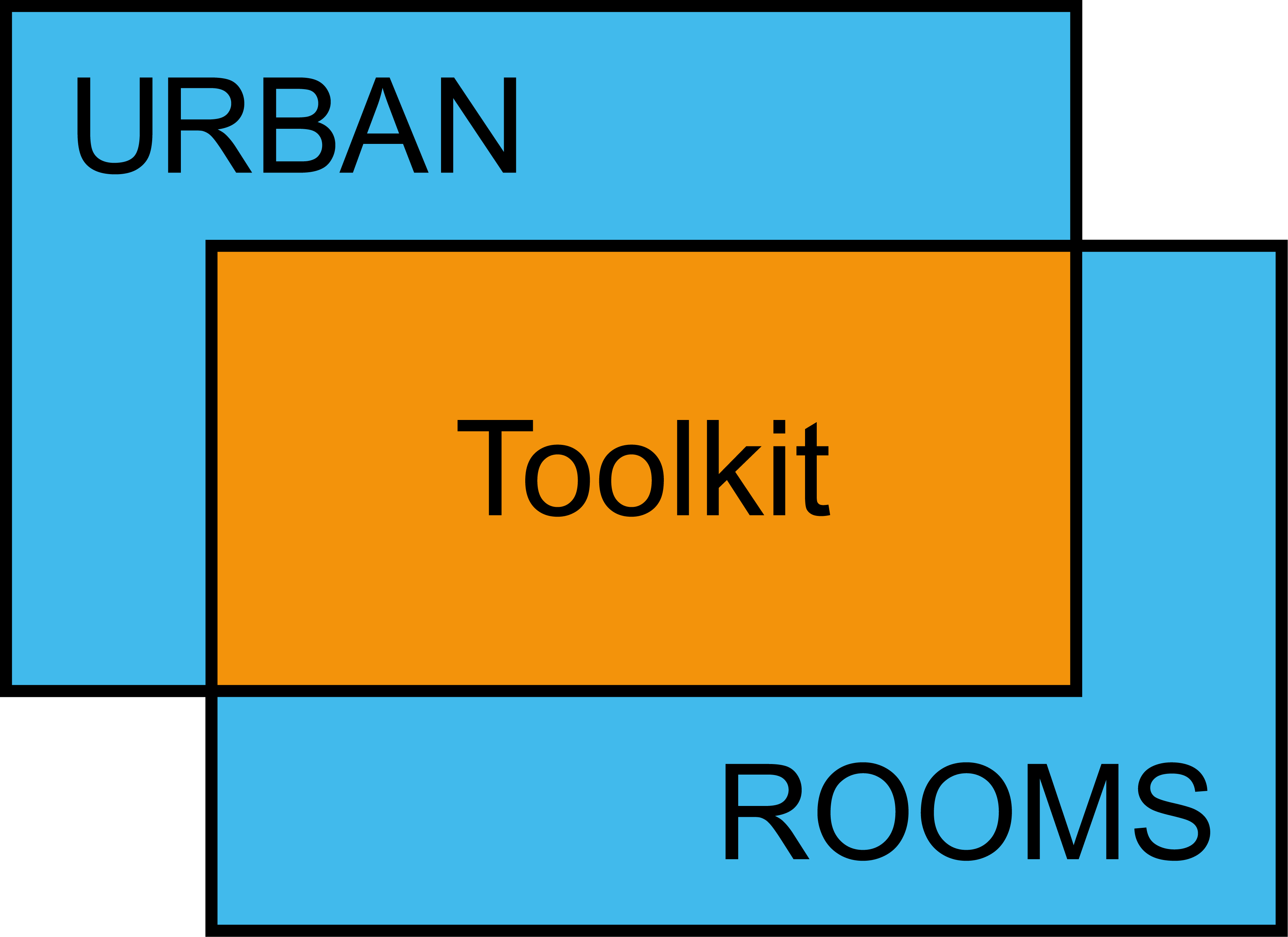


Making the Case
How can an Urban Room help a community group?
Community groups and local initiatives can benefit from using Urban Rooms as mechanisms to widen participation in their local area and to encourage marginalised and under-represented groups to contribute their knowledge, ideas and experiences. In this way the Urban Room is breaking down the traditional barriers that exist in public involvement in placemaking, offering a space for a much more inclusive, informed and creative level of participation at a grassroots level.
Community groups can bring a vast wealth of knowledge and lived experience to an Urban Room, to share and build on with others. These groups could have a particular focus, for example, heritage, education, diversity, sustainability or ecology. Or they could be more generally interested in a local area, such as neighbourhood forums or residents’ associations. They may focus on engaging people in specific local issues such as the development of a neighbourhood plan, the regeneration of a high street or the development of a local sustainability strategy. Or they may be asking wider questions about longer-term futures of their area.
An Urban Room can create the space for a community group to explore these areas with local people to:
reveal and recognise the current value (social, physical, cultural, economic) of the local area
place local issues within a larger regional, national or global context, e.g. levelling up, social inequality, climate emergency, scarcity of resources
clearly communicate information about local planning policy and development strategies
form consensus around issues in the local environment and to build coalitions to support, advocate for, or protest against, accordingly
For a community group to make the most of their Urban Room they should reach out to under-represented groups and to local decision- makers.

LP - Caribbean Sports Club 2021
Making the Case
How can an Urban Room help a community group?
Community groups and local initiatives can benefit from using Urban Rooms as mechanisms to widen participation in their local area and to encourage marginalised and under-represented groups to contribute their knowledge, ideas and experiences. In this way the Urban Room is breaking down the traditional barriers that exist in public involvement in placemaking, offering a space for a much more inclusive, informed and creative level of participation at a grassroots level.
Community groups can bring a vast wealth of knowledge and lived experience to an Urban Room, to share and build on with others. These groups could have a particular focus, for example, heritage, education, diversity, sustainability or ecology. Or they could be more generally interested in a local area, such as neighbourhood forums or residents’ associations. They may focus on engaging people in specific local issues such as the development of a neighbourhood plan, the regeneration of a high street or the development of a local sustainability strategy. Or they may be asking wider questions about longer-term futures of their area.
An Urban Room can create the space for a community group to explore these areas with local people to:
reveal and recognise the current value (social, physical, cultural, economic) of the local area
place local issues within a larger regional, national or global context, e.g. levelling up, social inequality, climate emergency, scarcity of resources
clearly communicate information about local planning policy and development strategies
form consensus around issues in the local environment and to build coalitions to support, advocate for, or protest against, accordingly
For a community group to make the most of their Urban Room they should reach out to under-represented groups and to local decision-makers.

LP - Caribbean Sports Club 2021
